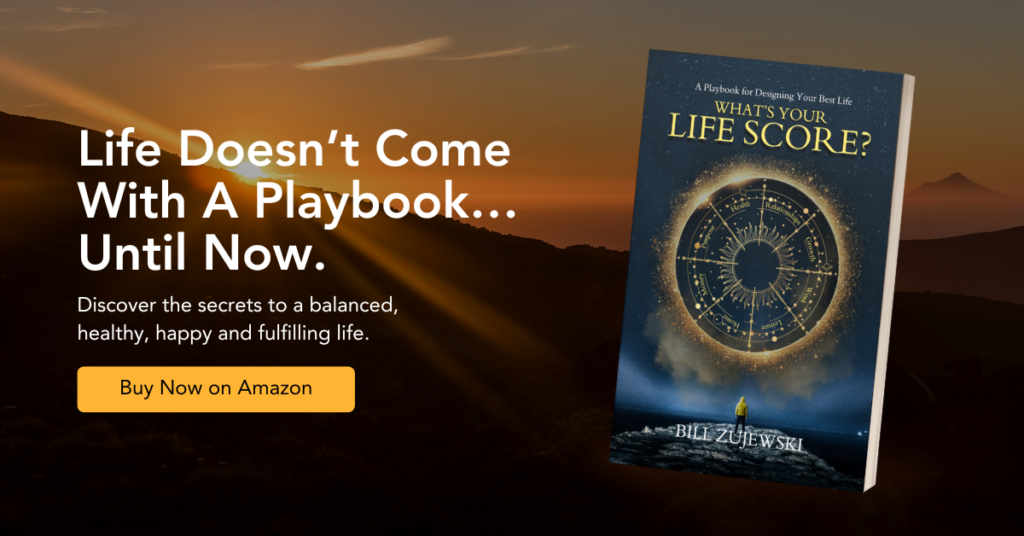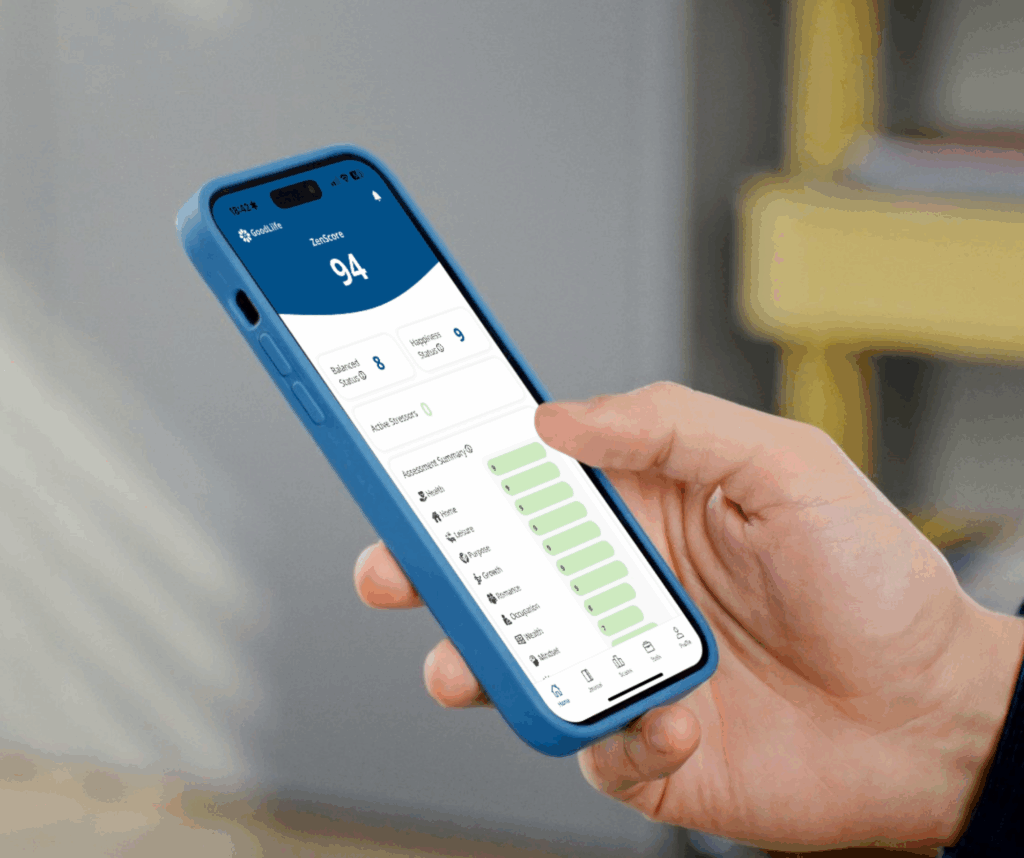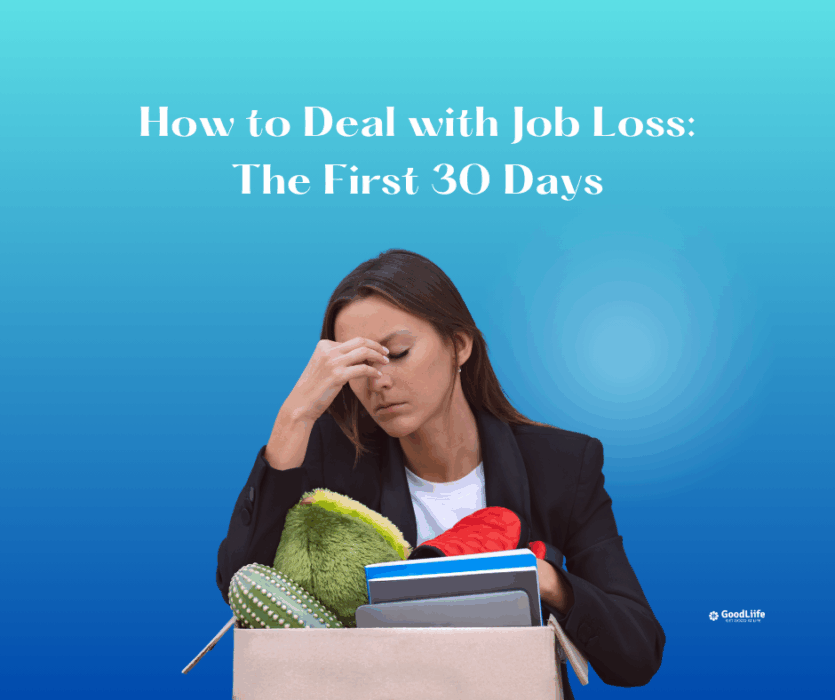Losing a job is more than just losing a paycheck—it’s a sudden change that can shake your confidence, routines, and future plans. Whether expected or abrupt, unemployment often triggers a wave of emotions and immediate questions: What now? How will I pay my bills? What should I tell people?
The first 30 days are critical. It’s a time to grieve, reset, and take smart steps forward. If you’re asking how to deal with job loss, this guide will walk you through the emotional, financial, and practical actions you can take to get back on your feet.
Week 1: Acknowledge, Breathe, and Stabilize
1. Let Yourself Process the Loss
Losing a job is a life event. It’s okay to feel disappointed, scared, or even relieved. Give yourself permission to grieve the change. Journal, talk to loved ones, or speak to a therapist.
2. Review Your Exit Documents
Ask your former employer for a copy of your termination letter, benefits information, and final paycheck breakdown. Clarify your eligibility for COBRA health coverage or other transitional benefits.
3. Apply for Unemployment Benefits Immediately
Most states allow you to file online within days of your termination. The faster you apply, the sooner you’ll start receiving support.
Week 2: Get Organized Financially
4. Analyze Your Expenses
Create a list of essential monthly costs—housing, groceries, utilities, insurance—and trim non-essentials. This gives you a clearer view of how long your savings or benefits will last.
5. Create a Survival Budget
A lean budget helps you stretch resources without panic. Use tools like Mint or YNAB to visualize spending.
6. Communicate with Creditors or Landlords
Let creditors and utility companies know you’ve lost your job. Ask about hardship programs, deferments, or payment plans. Being proactive can prevent penalties and keep your credit intact.

Week 3: Prepare for Reentry
7. Update Your Resume and LinkedIn Profile
Focus on accomplishments, not just responsibilities. Highlight any recent skills or certifications. If you’ve been with one employer for years, look at modern resume formats for a fresh look.
8. Reconnect with Your Network
Send a thoughtful message to former colleagues, mentors, and industry contacts. Let them know you’re exploring new opportunities and open to referrals.
9. Start Job Hunting Strategically
Set daily or weekly job application goals. Use job boards like Indeed, LinkedIn Jobs, and USAJobs.gov for public sector roles. Tailor each application for maximum impact.
Week 4: Focus on Your Well-Being and Mindset
10. Create a Daily Routine
Structure creates stability. Even without a 9–5 job, having set wake-up times, job hunt hours, meals, and downtime will improve your focus and mental health.
11. Take Care of Your Mental Health
Job loss can trigger depression or anxiety. Walk daily, meditate, talk to a therapist, or join a support group. Emotional recovery is just as important as financial recovery.
12. Upskill or Explore Alternatives
This could be the ideal time to learn a new tool, complete a short course, or even consider freelance work or starting a side hustle. Look into online platforms or local resources for free or affordable training.
Your GoodLiife Score: Where Are You Now?
Job loss impacts multiple areas of your life, not just your wallet. The GoodLiife Score App helps you assess and track your well-being across 8 key categories—Health, Environment, Leisure, Purpose, Growth, Relationships, Occupation, and Wealth.

After losing a job, your Occupation and Wealth scores might dip—but tools like this help you visualize progress, identify strengths, and plan your next move holistically. Use your score to guide coaching sessions, reflect, and reframe your path forward.
Conclusion: You Are More Than Your Job
Losing your job is a painful chapter—but it’s not the end of your story. With the right steps, support, and mindset, you can turn this transition into a launching point. In 30 days, you won’t have all the answers—but you will have a direction.
Remember: you’re not alone. Take it one step at a time. And if you’re ever unsure where to start, begin with your GoodLiife Score—it’s more than an app, it’s a mirror of your whole life.
